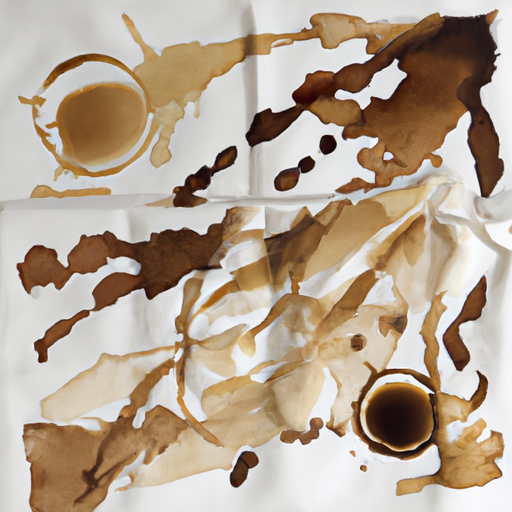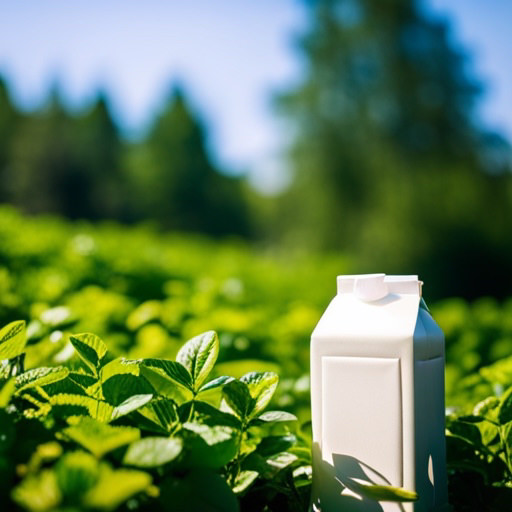“I got busy” so my hot coffee on my desk cooled. Reheating coffee largely hinges on personal preference, but there are several factors concerning flavor, health, and convenience that are worth considering.
On the positive side, reheating coffee is a convenient choice, especially when pressed for time. It’s a quick solution to enjoy a warm cup without the wait of brewing a fresh pot, especially if working and time is short between meetings. Moreover, reheating coffee can contribute to reducing waste. Instead of discarding cold coffee, giving it a quick reheat can be a more sustainable choice. This is also a cost-efficient option as it’s more economical to reheat coffee than to brew a new batch.
Or course, there are downsides to this practice. One drawback is the negative impact on flavor. Coffee is known for its vibrant and robust flavor when fresh, but its flavor compounds begin to break down over time. Reheating coffee can expedite this degradation, leading to a bitter or stale taste. The acidity of coffee can also change as it cools and reheats, which might not appeal to some palates.
Healthwise, while not a significant issue, reheating coffee can result in a slight loss of antioxidants which are beneficial for health. Not a reason to drink coffee, but that is a feature of coffee lost. As meetings go long, if coffee has been left out for an extended period, it is worth mentioning that repeatedly reheating it might lead to the growth of certain bacteria which could be harmful.
There’s also a concern about possible chemical leaching if you’re reheating coffee in a plastic container instead of a ceramic mug. Especially if the plastic is not marked as microwave-safe, chemicals from the plastic could leach into the coffee during the reheating process.
As for the methods to reheat coffee, there are a few options. Using a microwave is a common method. Simply pour the coffee into a microwave-safe mug and heat it in 30-second intervals, stirring in between until it reaches your desired temperature. Alternatively, you can use the stovetop by pouring the coffee into a pot and heating it over medium-low heat, stirring occasionally, until it’s hot. It’s crucial not to bring it to a boil as that will degrade the flavor further. If you have an electric kettle with temperature control, that’s another viable option. This method is less likely to result in overheated or burnt coffee compared to the microwave or stovetop but can take more time than you have and is getting close to the time it takes to make a new pot.
Reheating coffee is a practical solution to save on time and reduce waste, the key is to do so gently to minimize flavor loss. Some coffee connoisseurs might advise against reheating coffee to preserve its flavor. They might suggest brewing a fresh pot or exploring other coffee warming options like thermal coffee carafes or a smart warm mug like an Ember as better alternatives.
Please note that if you purchase from clicking on the link, some will result in my getting a tiny bit of that sale to help keep this site going.




